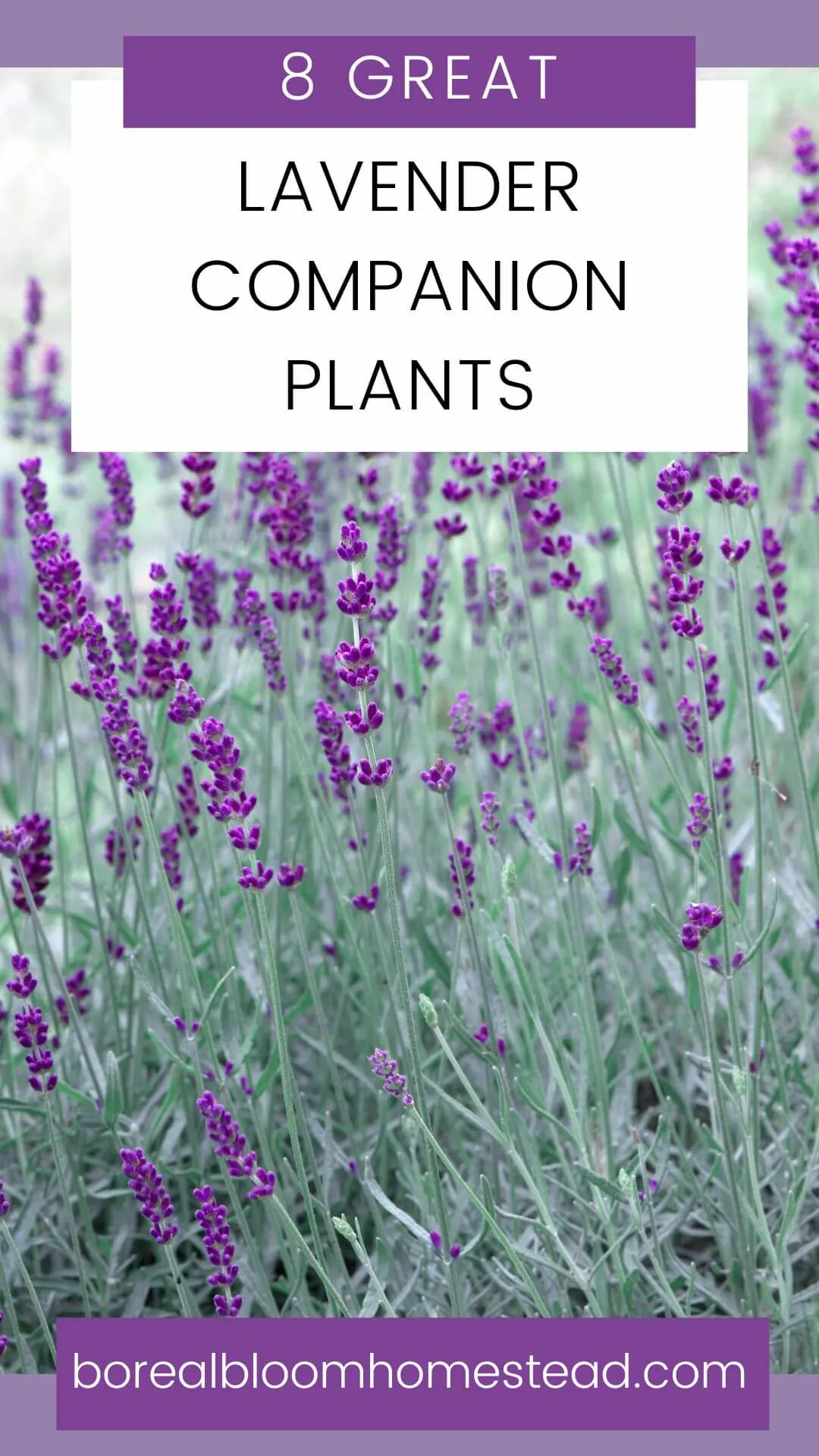Wild Bergamot Companion Plants That Will
Wild Bergamot Companion Plants That Will Enhance Your Garden
Wild bergamot (Monarda fistulosa) is a beautiful and versatile plant that can add a touch of elegance to any garden. It's also a great choice for attracting pollinators, such as butterflies, bees, and hummingbirds. If you're thinking about adding wild bergamot to your garden, you may be wondering what companion plants to choose. Here are a few suggestions:
- Black-eyed Susans: These cheerful flowers offer a nice contrast to the lavender blooms of wild bergamot. They also have similar growing requirements, so they're a good choice for companion planting.

- False sunflowers: These tall, daisy-like flowers bloom in the same season as wild bergamot. They're also deer-resistant, so they can help to protect your bergamot plants from hungry animals.
- Anise hyssop: This mint-scented herb is a good choice for companion planting with wild bergamot because it helps to repel pests. It also has similar water and soil requirements, so it's a compatible plant.

- Liatris spicata: This spiky flower blooms in late summer and fall, so it can help to extend the bloom time of your garden. It's also drought-tolerant, so it's a good choice for gardens in dry climates.

- Cup plant: This native North American plant is a great choice for pollinator gardens. It blooms in late summer and fall, and its nectar is a favorite of butterflies and bees.

In addition to these specific plants, there are a few general guidelines to follow when choosing companion plants for wild bergamot. First, consider the size and growth habit of the plants. Wild bergamot can grow up to 3 feet tall and wide, so you'll want to choose companion plants that won't outgrow it. You'll also want to consider the sun and soil requirements of the plants. Wild bergamot prefers full sun and well-drained soil, so you'll want to choose companion plants that have similar needs.
Finally, don't be afraid to experiment with different companion plants. There are many possibilities, and the best way to find the right combination for your garden is to try a few different things. With a little trial and error, you're sure to find the perfect companion plants for your wild bergamot.
Wild bergamot (Monarda fistulosa) is a beautiful and versatile plant that can be used in a variety of garden settings. It is a native North American perennial that blooms in late summer and fall with lavender-pink flowers. Wild bergamot is a magnet for pollinators, including bees, butterflies, and hummingbirds. It is also a deer-resistant plant, making it a good choice for gardens in areas with a high deer population.
One of the best things about wild bergamot is that it can be companion planted with a variety of other plants. Some good companion plants for wild bergamot include:
- Black-eyed Susans
- Coneflowers
- Echinacea
- Liatris
- Monarda didyma (bee balm)
- Rudbeckia
- Yarrow
These plants all have similar growing conditions and will complement the lavender blooms of wild bergamot. They will also attract a variety of pollinators to your garden.
To learn more about wild bergamot companion plants, I recommend visiting Garden Wiki. This website has a wealth of information on a variety of gardening topics, including companion planting. You can also find photos and plant descriptions, as well as tips on how to grow and care for wild bergamot.
Image of wild bergamot companion plants
- Bee balm: Bee balm is a member of the same family as wild bergamot, and they both attract pollinators. They also have similar colors and blooms, so they look great planted together.

- Coneflower: Coneflowers are another great choice for companion plants for wild bergamot. They attract pollinators and deer, and they can help to deter pests.

- Lavender: Lavender is a beautiful and fragrant plant that can help to repel pests. It also attracts pollinators, so it's a win-win for your garden.

- Yarrow: Yarrow is a hardy plant that can tolerate poor soil and dry conditions. It also attracts pollinators and deer, and it can help to deter pests.

- Zinnia: Zinnias are colorful and cheerful flowers that attract pollinators. They also have shallow roots, so they won't compete with wild bergamot for water and nutrients.

Post a Comment for " Wild Bergamot Companion Plants That Will"